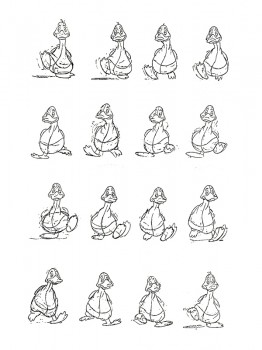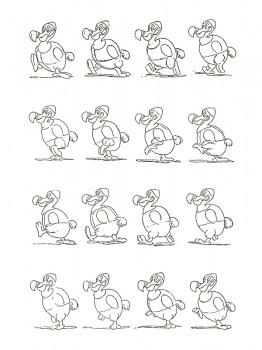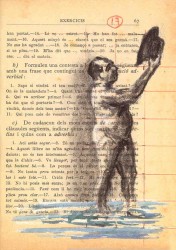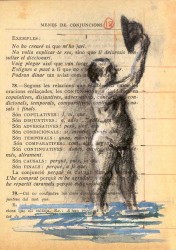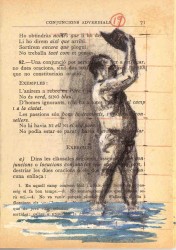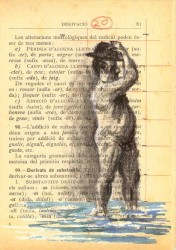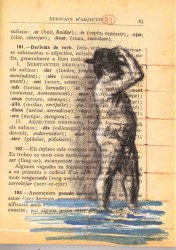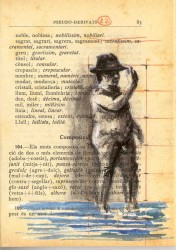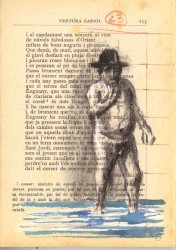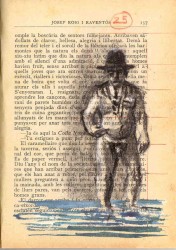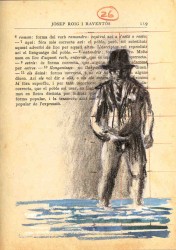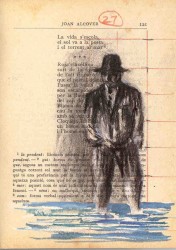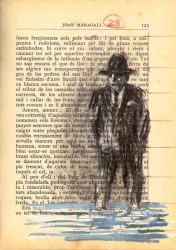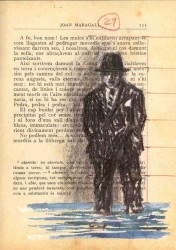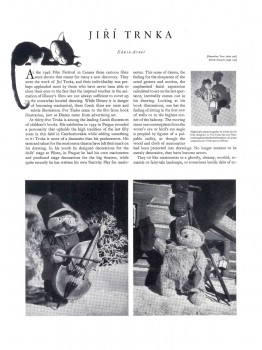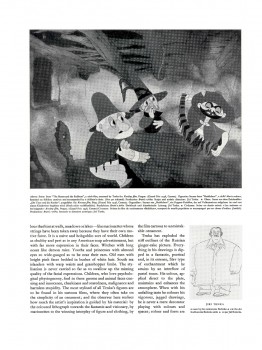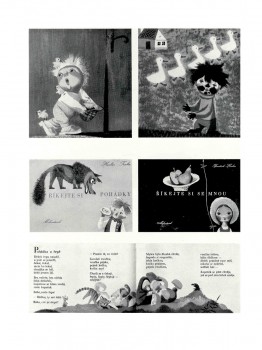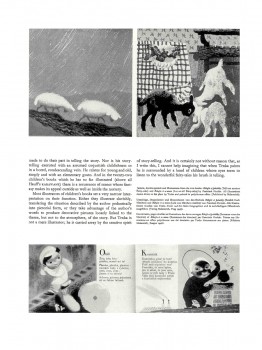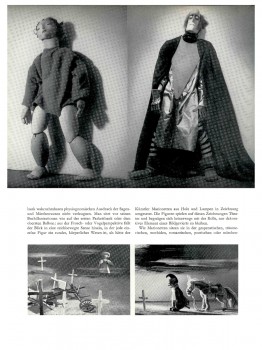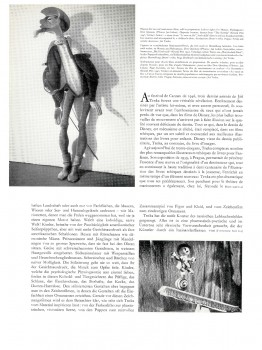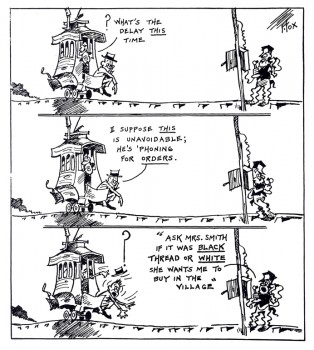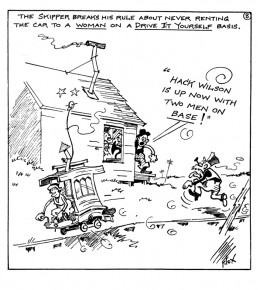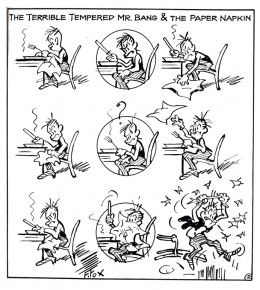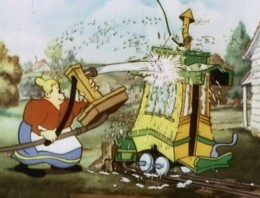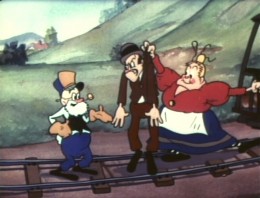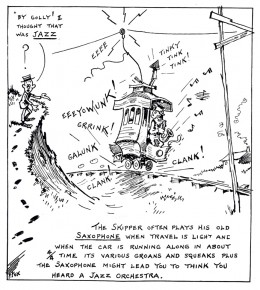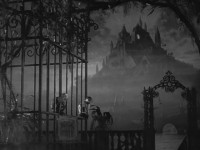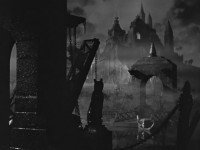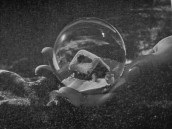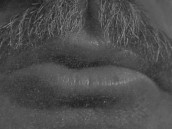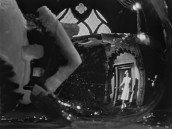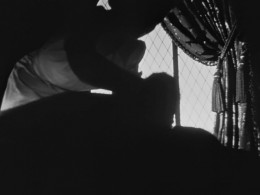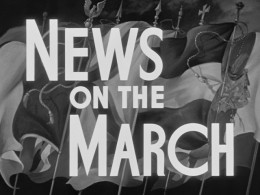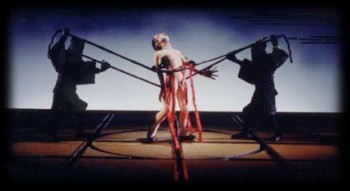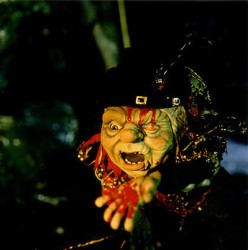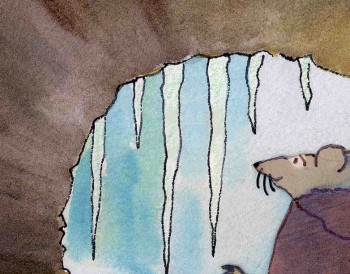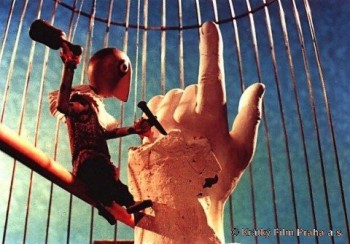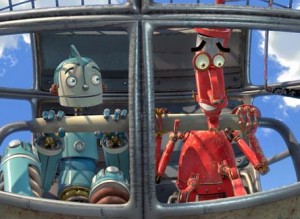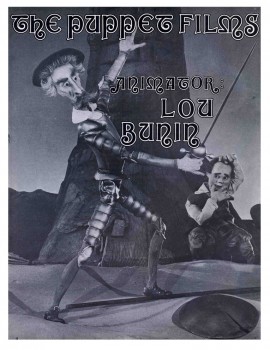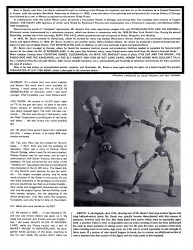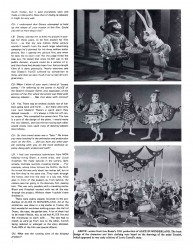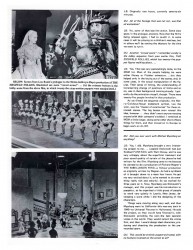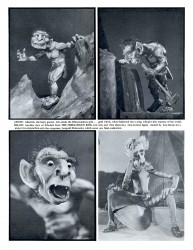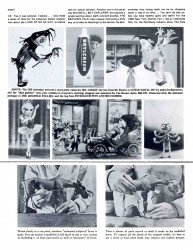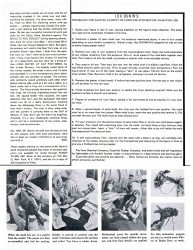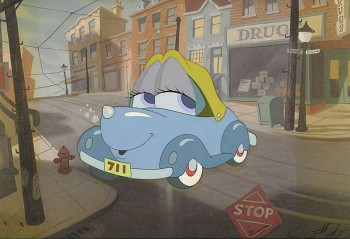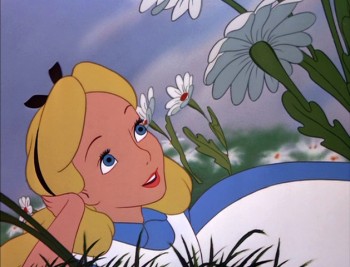 - In the past week I’ve seen a number of animated films. Cars is the only one I saw in a theater. On television, my television, there were a lot of other films: Robots, The Incredibles, Lady & the Tramp, one of those Bugs Bunny compilation things, and Toy Story. On dvd I watched: the complete Norstein, about ½ of Raggedy Ann & Andy, some old Hubley commercials, and the opening of Bambi.
- In the past week I’ve seen a number of animated films. Cars is the only one I saw in a theater. On television, my television, there were a lot of other films: Robots, The Incredibles, Lady & the Tramp, one of those Bugs Bunny compilation things, and Toy Story. On dvd I watched: the complete Norstein, about ½ of Raggedy Ann & Andy, some old Hubley commercials, and the opening of Bambi.
(Quiet)
That’s a lot of animation to watch. Some of it was accidental, some of it was on purpose. Most of the films just showed up on tv, and I watched. However, I thought of something while watching Cars and was curious to follow up on some of the others.
Back when I was a teenager, after viewing a lot of animated features, I realized something. My favorite part of most of these films happened within the first fifteen minutes or so. I particularly loved the openings, the introductions to the characters.
Snow White until she finds the dwarfs’ cottage; Bambi born in the woods; Pinocchio as a puppet until that magnifecent shot of the village wakening; Lady as a pup up to the point where she scorns the Tramp (even that great introduction to the rat); that great intro to all of the characters in 101 Dalmatians right up to the Twilight Bark. I could go on for a while.
It’s true, even of non-Disney features: Hoppity comes home to a torrent of trouble happening amongst the other bugs in Mr. Bug Goes To Town; Gulliver‘s landing and that great tie-him-up sequence; the intros of Hans & Kay & the Snow Queen in the Universal-Americanized version of The Snow Queen; Magoo and his nephew meeting other principle chartacters in 1001 Arabian Nights. Ok, maybe Im pushing it now.
But you get my point. Those quiet, unassuming introductions were just so delightful. We were given some real screen time to get to know all of the important characters,
and they were wonderfully developed before the story really started to unveil.
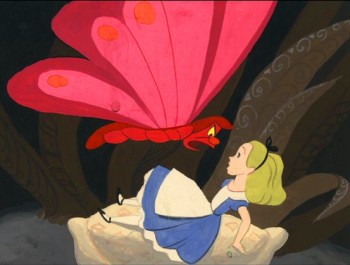 Today we’re thrown hard-core into a film. After the powerful Lion King opening – those first four minutes or so – everything has changed. Like TV shows, you have to get the attention of all the little buggers out there. (Forget the fact that they paid to see the film and are trapped in a theater, many of the kids are going to watch the show on tv anyway.)
Today we’re thrown hard-core into a film. After the powerful Lion King opening – those first four minutes or so – everything has changed. Like TV shows, you have to get the attention of all the little buggers out there. (Forget the fact that they paid to see the film and are trapped in a theater, many of the kids are going to watch the show on tv anyway.)
.
(Not so quiet.)
.
I think Toy Story does it well; they’re loud and fast-paced, but we get to know a lot of the characters in the nursery before the adventure begins. I also liked Robots; it gives us a nice gentle opening really reinforcing the lead character and his family. We don’t meet the louder, more violent characters until our hero gets to the city. Cars starts off with a high tension couple of shots happening inside Lightning McQueen’s head, with his voiceover, then the tension really starts. Or at least it’s loud and fast-paced. We’re sort of thrown into the movie. The world of Pinocchio and Lady & The Tramp is left far behind. Probably not better or worse; it’s just different.
- Lane Smith has a funny pre-4th of July posting today on the site for his book, John, Paul, George & Ben.
- I’ve come to enjoy checking in with Ward Jenkins‘ site. He has such a sweet and gentle personality (as comes across in his blog, at least) that I usually end up smiling after reading it. Today’s posting is one of those times. I also love the very personal touch he brings to it.
- In a completely different way, I enjoy Eddie Fitzgerald‘s blog. His story of his first animation job is funny, revealing, and reminded me of some of my first days.
- Jim Hill Media has an interesting article about the box-office take of Cars. Is too much being made of box-office take these days? Should we be more concerned about the “artistry” of these films?
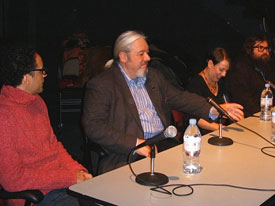 – AWN has an interesting (though somewhat dated) article about a seminar held at School of Visual Arts to hear what came of some of its more luminous animation graduates.
– AWN has an interesting (though somewhat dated) article about a seminar held at School of Visual Arts to hear what came of some of its more luminous animation graduates. 